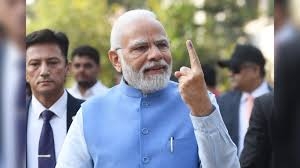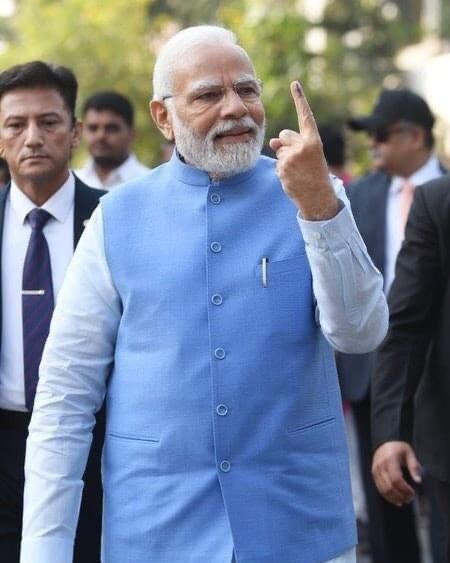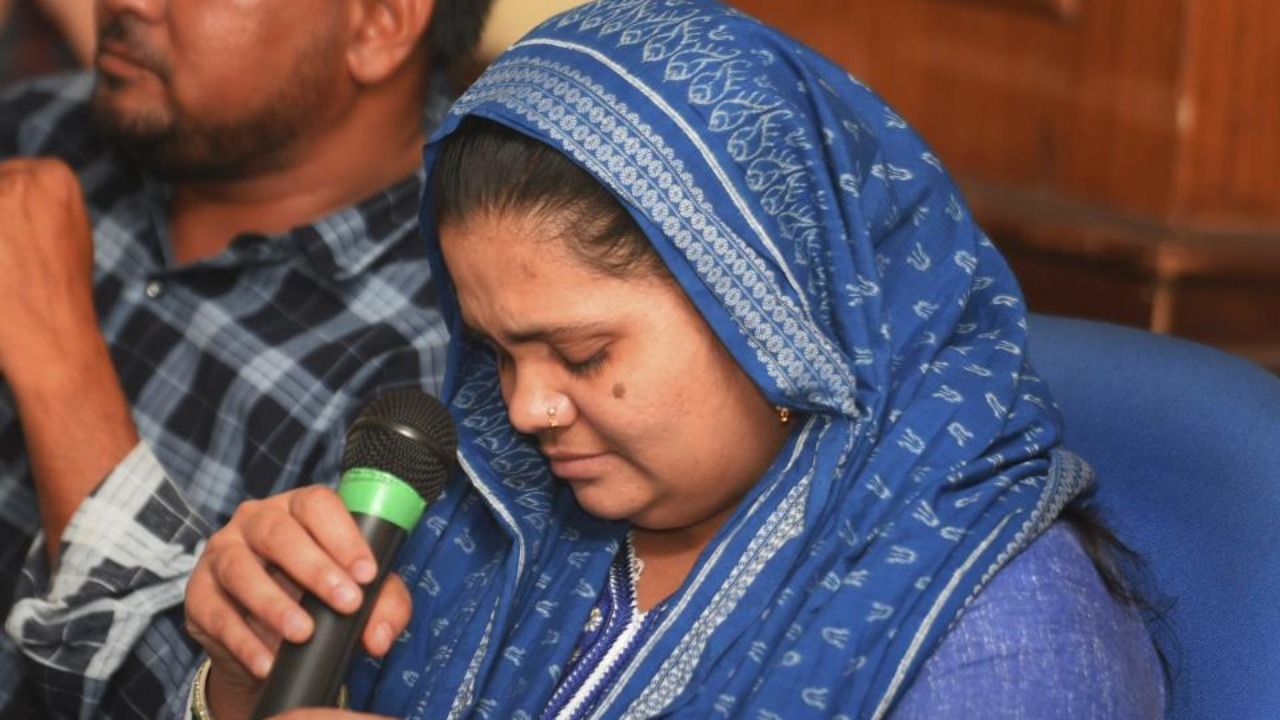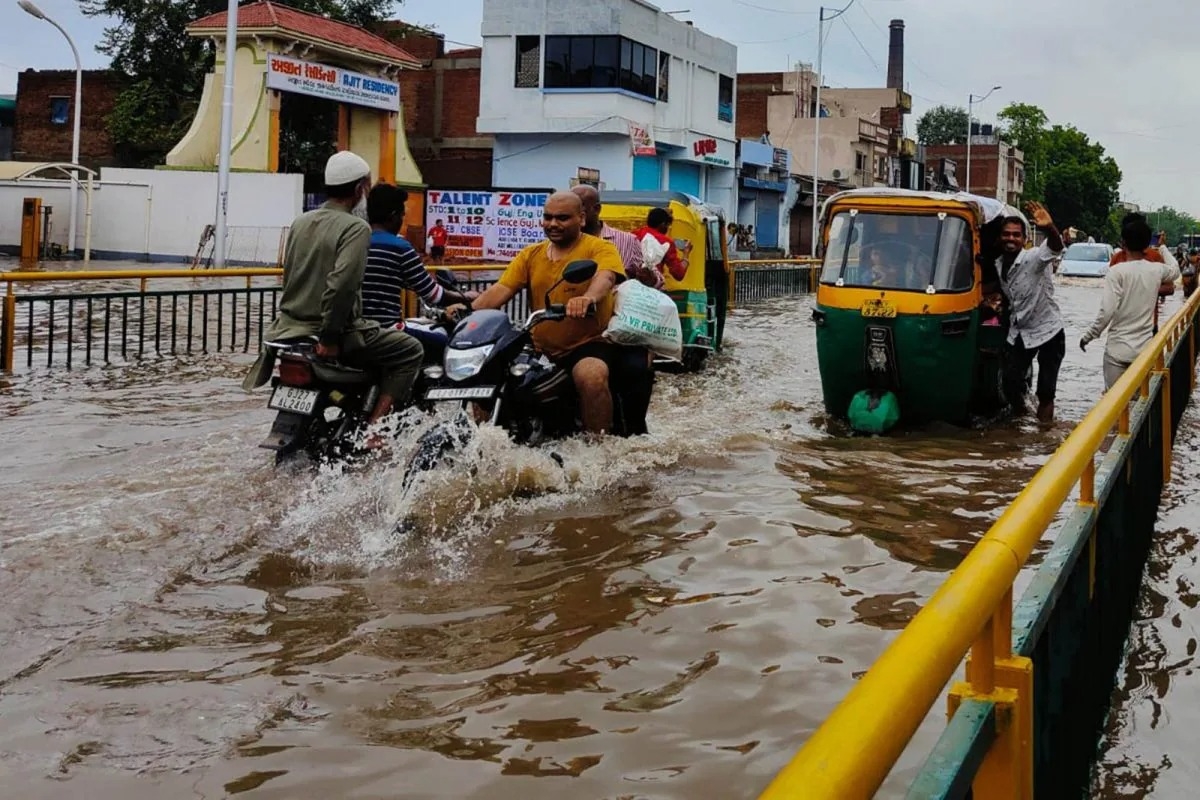On 2 July 2019, the year's first and only total solar eclipse will take place. Also known as 'Surya Grahan' in Hindi, the eclipse will begin at 10.25 pm IST on 2 July. The eclipse will be visible directly to observers across the Pacific Ocean, Chile and Argentina and will last a total of four minutes and 3 seconds. A solar eclipse takes place when the Sun, Moon and Earth are all in a straight line, such that the Moon blocks the Sun's rays from reaching the Earth.
Since the eclipse is due to take place at nighttime over the Indian subcontinent, residents in India can't watch the event live but will be able to stream the event online.
How to view a solar eclipse?
For those of us that are in India, there's no reason to put yourself through all the trouble of investing in protective eclipse-watching gear. We might be better off, what with a live stream of the entire event available to stream, courtesy of the good people at NASA.
On 2 July 2019, the year's first and only total solar eclipse will take place. Also known as 'Surya Grahan' in Hindi, the eclipse will begin at 10.25 pm IST on 2 July. The eclipse will be visible directly to observers across the Pacific Ocean, Chile and Argentina and will last a total of four minutes and 3 seconds. A solar eclipse takes place when the Sun, Moon and Earth are all in a straight line, such that the Moon blocks the Sun's rays from reaching the Earth.
Since the eclipse is due to take place at nighttime over the Indian subcontinent, residents in India can't watch the event live but will be able to stream the event online.
How to view a solar eclipse?
For those of us that are in India, there's no reason to put yourself through all the trouble of investing in protective eclipse-watching gear. We might be better off, what with a live stream of the entire event available to stream, courtesy of the good people at NASA.














139.jpeg)

260.jpeg)
259.jpeg)
258.jpeg)





